Question: What do you get if you cross baby Heilan’ coos, sea views, a fisherman-turned-farmer, and a chance to spend an afternoon in a field in Foveran with Scotland’s best-loved animals?
Answer: A trip to Aikenshill Farm’s Highland Cow Safari!
We stopped off to try out the in-demand experience and meet the man passionate about the prestigious cattle.
You can’t Trump these beasts
Under the veil of darkness, Aikenshill Highlands owner James Duthie got off the boat in Stornoway. Hoping to collect three Highland cows, when eventually he did get back on the ferry, the sun was yet to rise.
Without properly seeing the hairy beasts he purchased through an ad on the internet, it was only when the vet checked them over, on James’ farm near Trump International Golf Links, that the bargain of a lifetime was revealed.
“All three were in calf,” says the former Peterhead fisherman. “Six for the price of three.
“Then to make it even more remarkable, we found out they came from Tong (on Lewis) where Donald Trump’s mother came from.”
He’s telling this story as a gigantic blonde ‘coo’ comes tottering over to the fence.
“Meet Ivanka,” he says. “Sadly we lost Melania in an accident and well, Donald John ‘is no longer with us’.”
For the love of the animals
A euphemism for the animals raised for meat, the presidential animal was one of the “unfortunate” ones. Only a tiny proportion of James’ 65 Highland cattle will ever be anything other than the focus of his passion.
“It’s a bit of a rubbish business model, because in truth, I do it for the love of the animals.
“When we first bought the farm in 2007 my daughters wanted horses so I bought three Highland calves.”
His love of these floppy-fringed beasts is clear. He knows them by name, can read their mood and even uses the arable portion of his farm as a means to grow feed for them.
All about the Highland cows
Situated on the 300-acre site, James has a barn, complete with wellies and waterproofs, a holiday rental bothy, and luxury bed and breakfast accommodation.
“It’s not easy to find a balance between them,” he explains. “Imagine booking someone in and you’re late to make them porridge because the coos have to come first.”
Situated betwixt fenced paddocks reminiscent of an American ranch, there are spectacular sea views. Where lush green pastures meet the rolling waves only one thing can rival the stunning vista: the unquestionably handsome fold of Highland Cattle.
In every colour from sandy yellow to shiny black – and all the familiar rusty hues in between – the question arises as to how their colouring is determined.
“Well it’s how long they cook for,” he says. “Just like a cake in the oven, the earlier they come out the lighter they’ll be. The ones in the oven longest are the darkest.”
Before we’re able to probe if this gestational analogy has any basis in fact, we’re hot-footing it round the corner and into the field.
Getting up close and personal with the animals
There are currently 16 “wee coos”, some as young as four weeks old, and more due over the next few months.
For £15 a person, you can have an up close and personal encounter with some of the largest and smallest of the farm’s residents.
Decked in waterproofs and armed with a bucket of “sweeties” for the animals, we set off to meet some of James’ “family”.
“They love a good scratch under their chin,” he tells us. “Do it right and they’ll put their heads back and let you keep going.”
Of course, he’s not wrong. But while there’s an element of predictability, no two safari-type experiences will be the same.
If the weather turns, visitors are bundled into a Land Rover and bounced across fields that sunnier days would have meant walking through.
Although some guests can have the joy of walking a roped-up cow around the acreage, it’s never something promised to visitors.
The cows’ welfare comes first
“We are completely animal-led. We’ve learned that too many visits tire and even irritate the animals.
“If I was running this (the safari experiences) entirely for business I’d have them booked in back-to-back, but it doesn’t work that way here.
“Like today, the cows that have most recently calved are fiercely protective over their young. There’s no way I’d take you in there. We’d scare the babies and anger the mums. That wouldn’t be safe but it would also be detrimental to them. They’re the priority.”
Indeed, safety is a key factor in how James conducts each “experience”.
With regular reminders to “watch the horns” of the 700-950kg adults and instructions on how to handle the animals, any awkwardness of formality is eclipsed by the utter joy of being licked in the face by a three-month-old curly-haired calf.
Who doesn’t love a Heilan’ coo?
Although the newest born were off-limits, we had an extended period of time with a multi-coloured mini-herd.
Cuddling, grooming, feeding and being licked by them, it was truly an experience like no other.
And encounters with cows seem to be becoming more popular. Just this week one of James’ fold will be featuring in a wedding and he’s taking others into nursing homes.
“People just love them don’t they? They’re very clever animals and they can tell who actually cares about them.”
When we tell him we’ve enjoyed ourselves he beams.
“I’m glad.
“I just love them. It’s hard no’ to.”
Everything you need to know about visiting Aikenshill Highlands:
What does it cost? £15 per person, no concessions.
Do I need special clothes? Guests can borrow wellies / waterproof coats.
What do I get for the money? Included in the cost is animal feed, grooming tools and tour-guide James’ time.
What will it involve? Safari visitors will usually spend time walking around the site, possibly in the fields, and with the animals. Guests can be driven if it’s a wet day.
How long will it last? The experience lasts around 60 minutes, again, determined by the willingness of the hairy heifers.
How do I book? Visits to Aikenshill Highlands are by appointment only by calling 07768 105036 or emailing enquiries@aikenshill.co.uk.
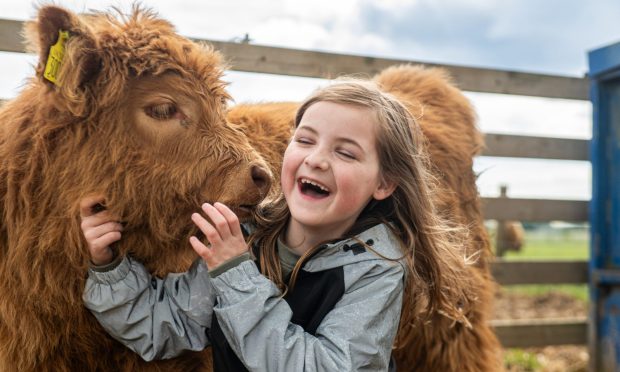
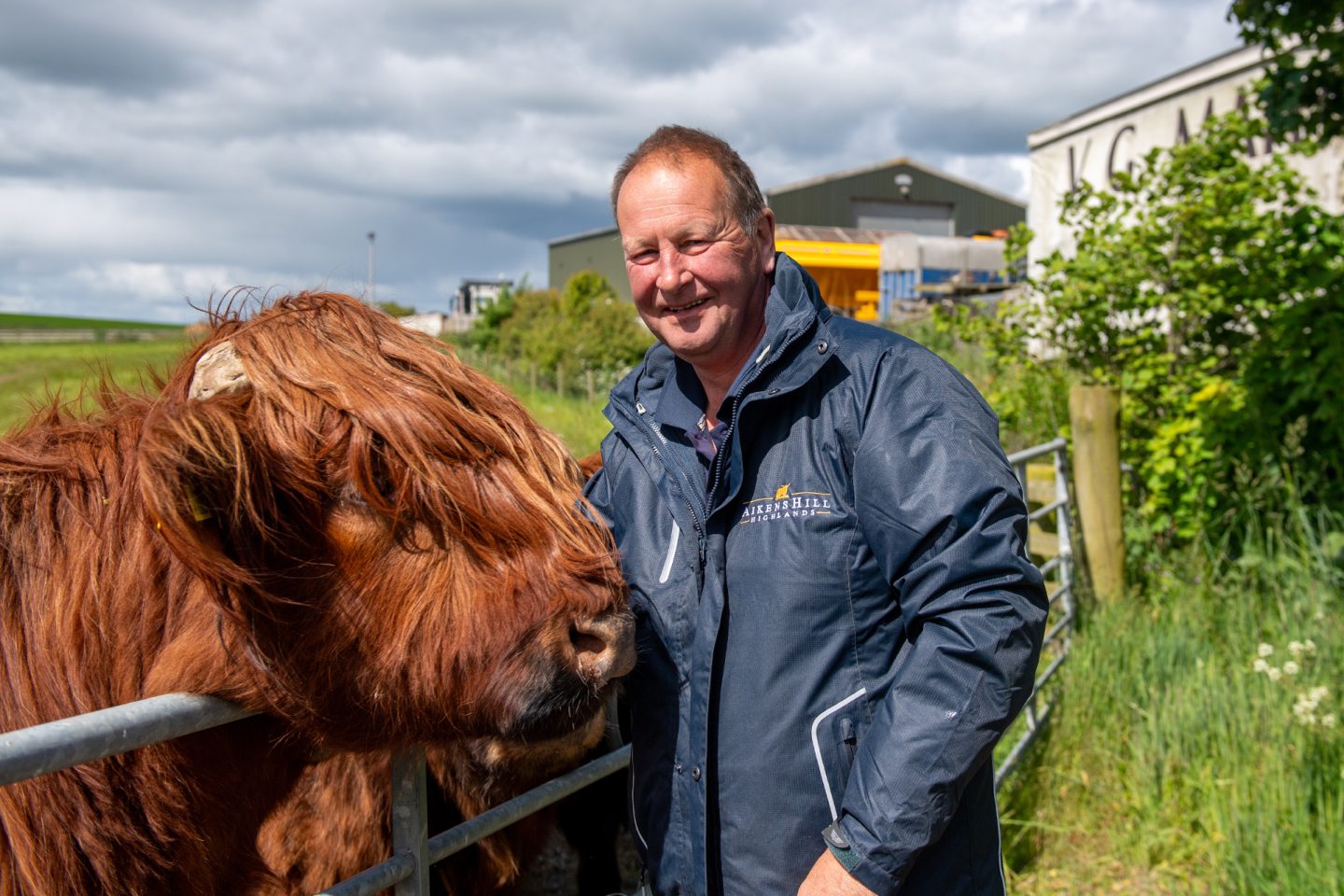
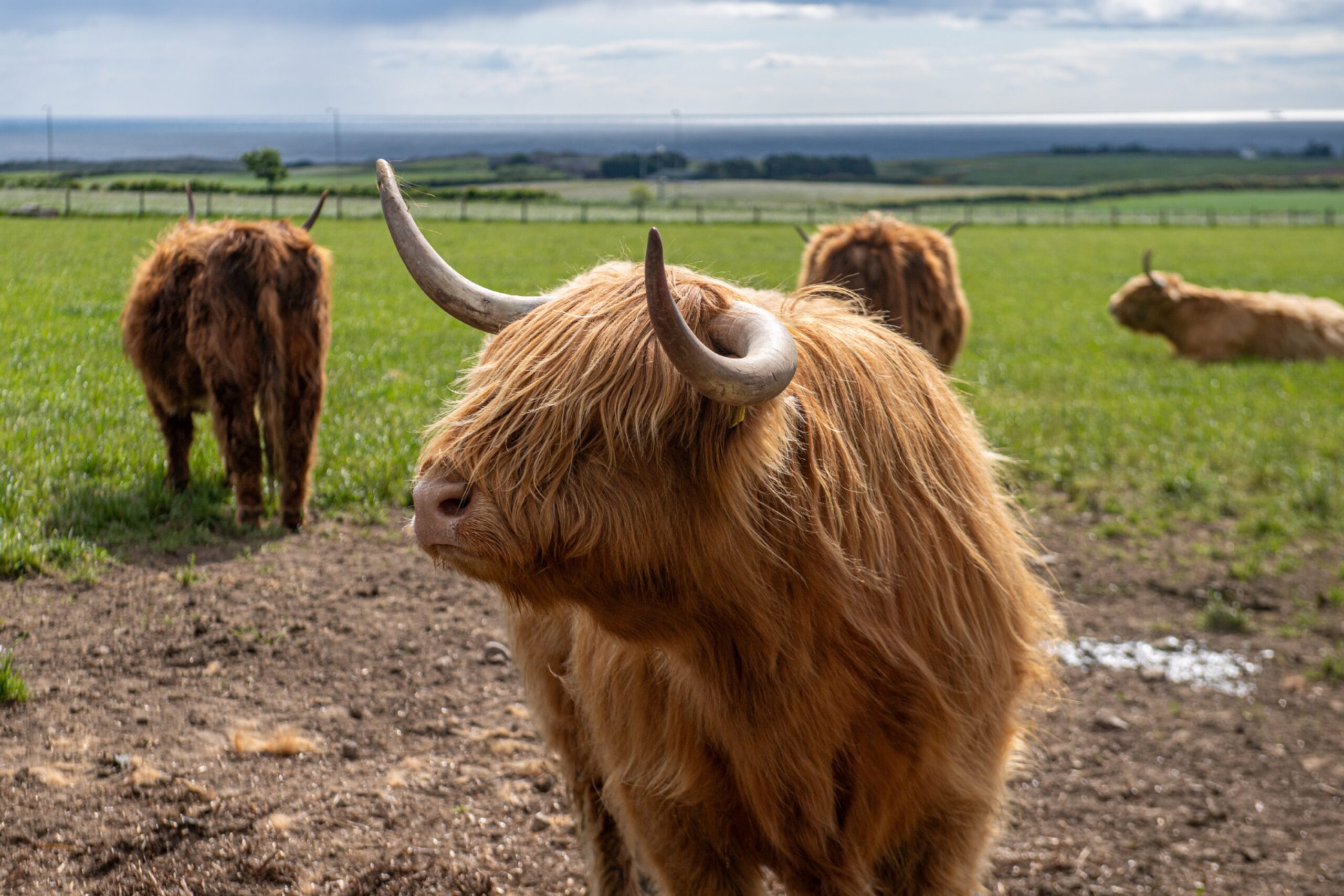
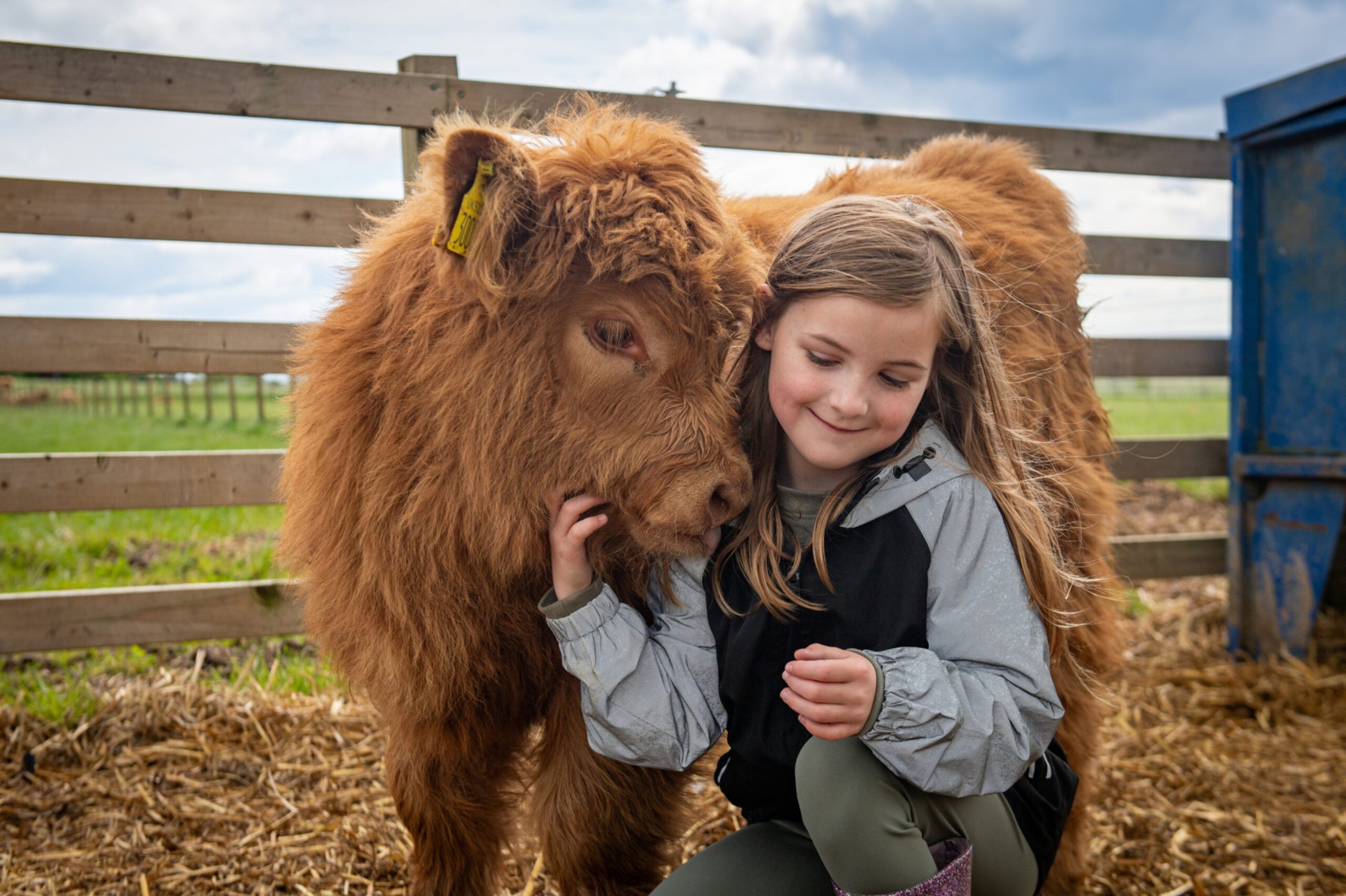
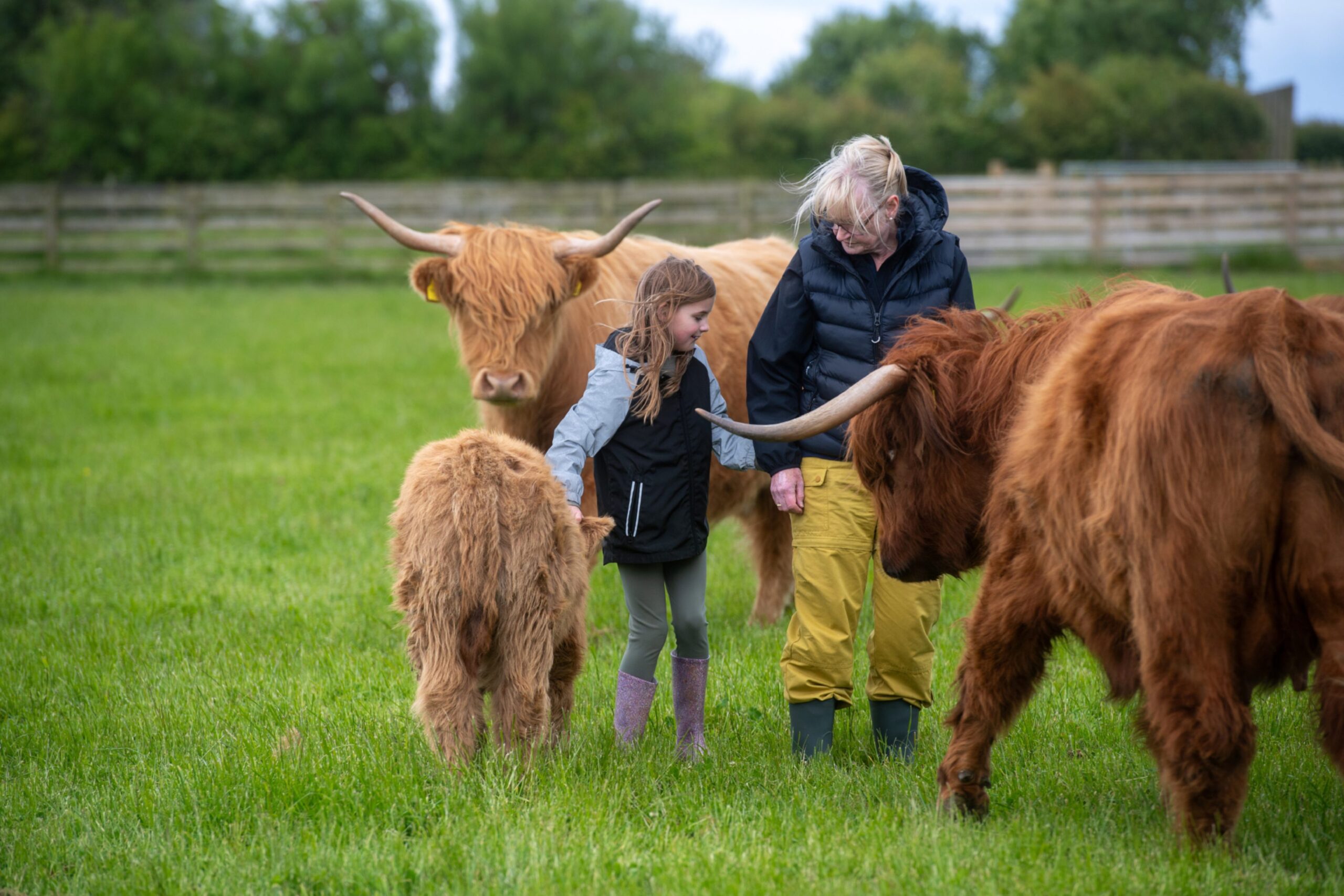
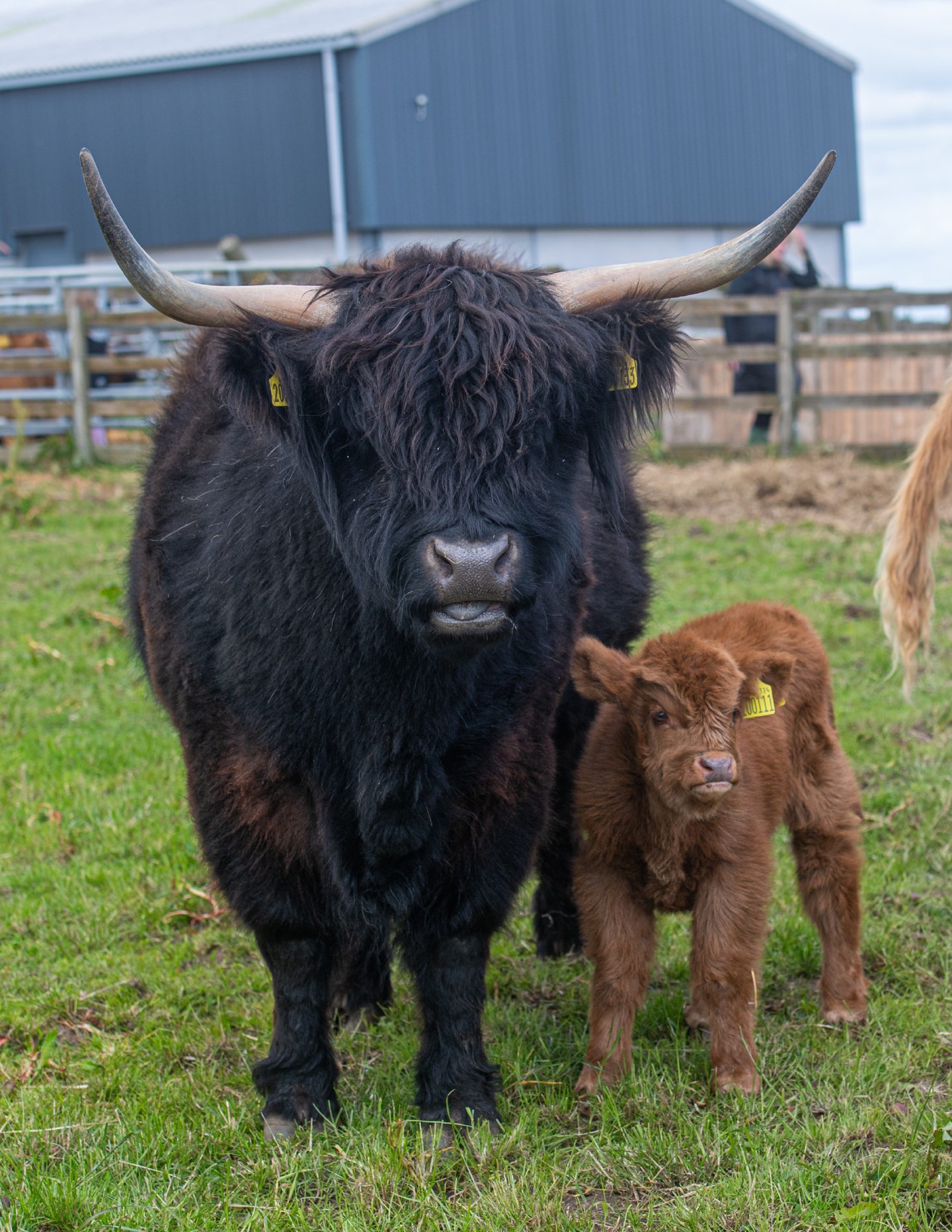
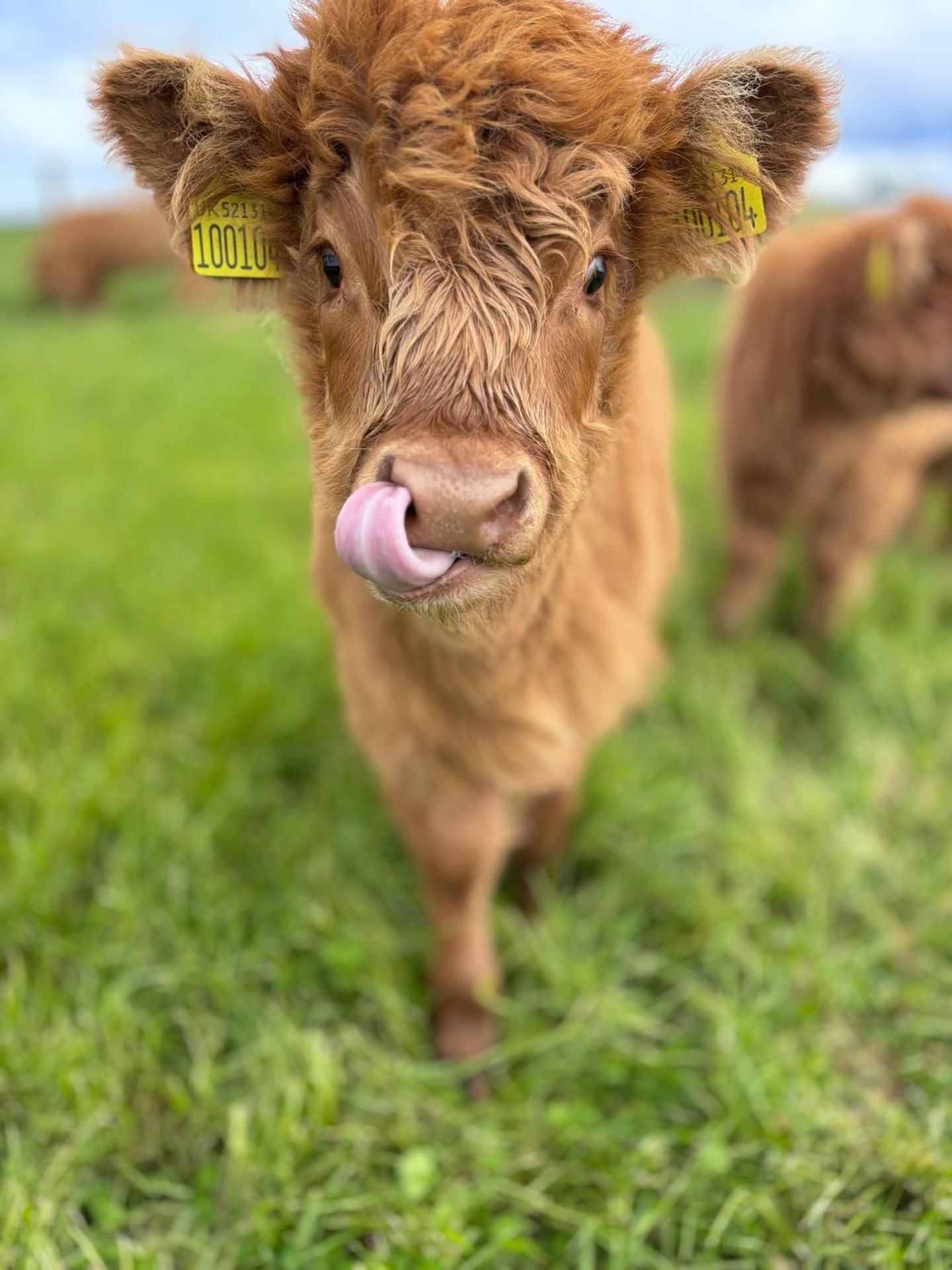
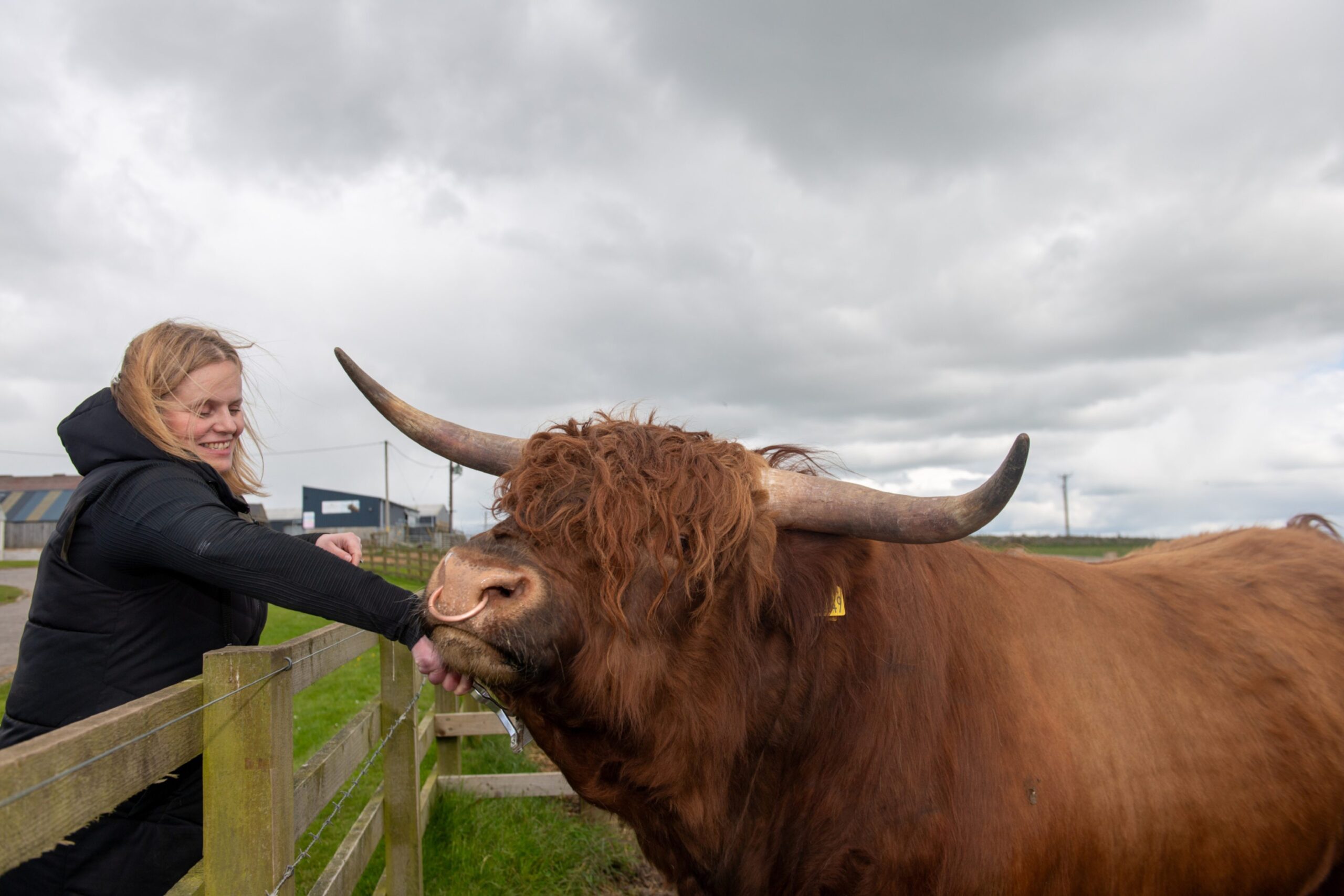
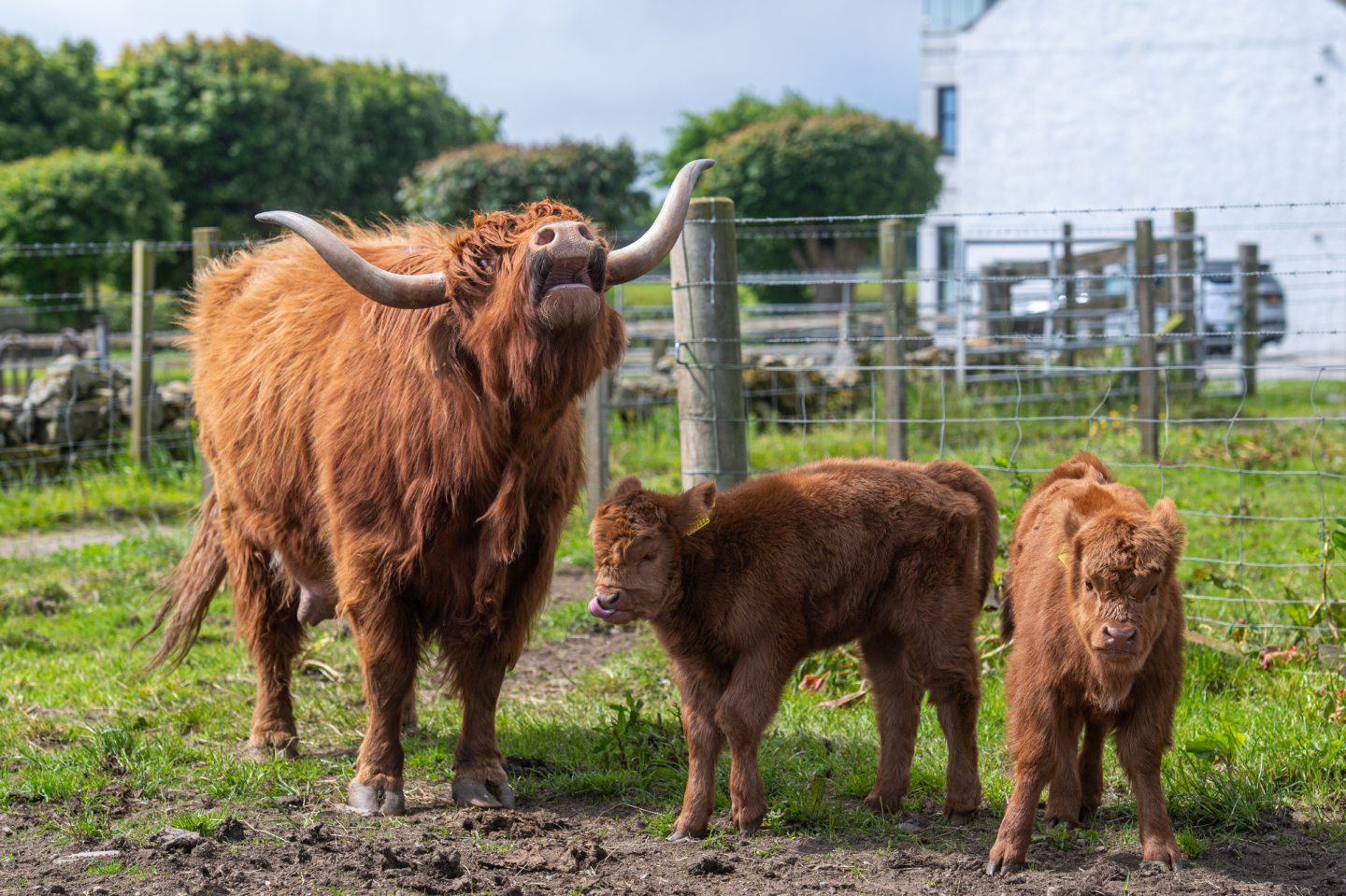
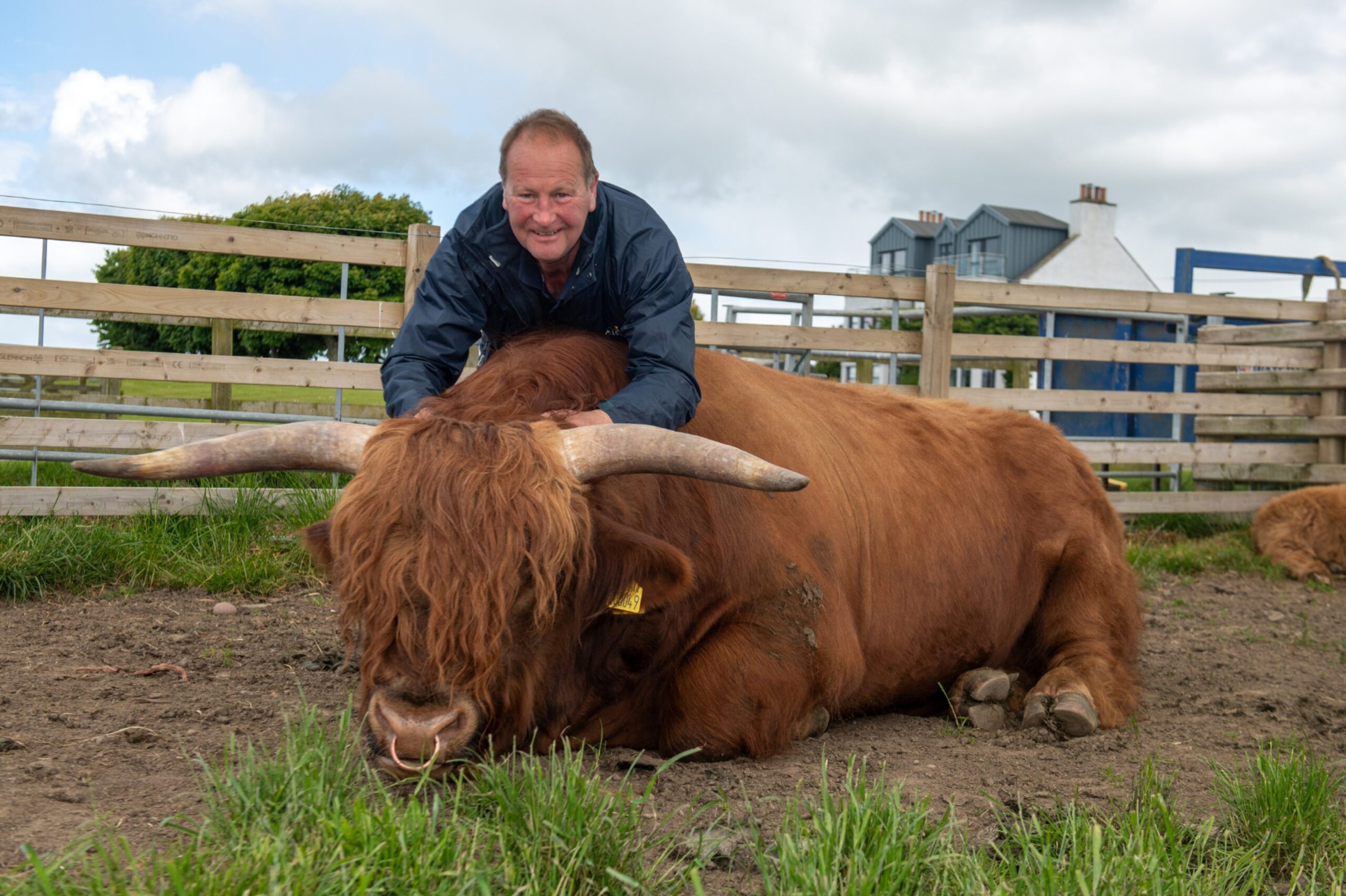
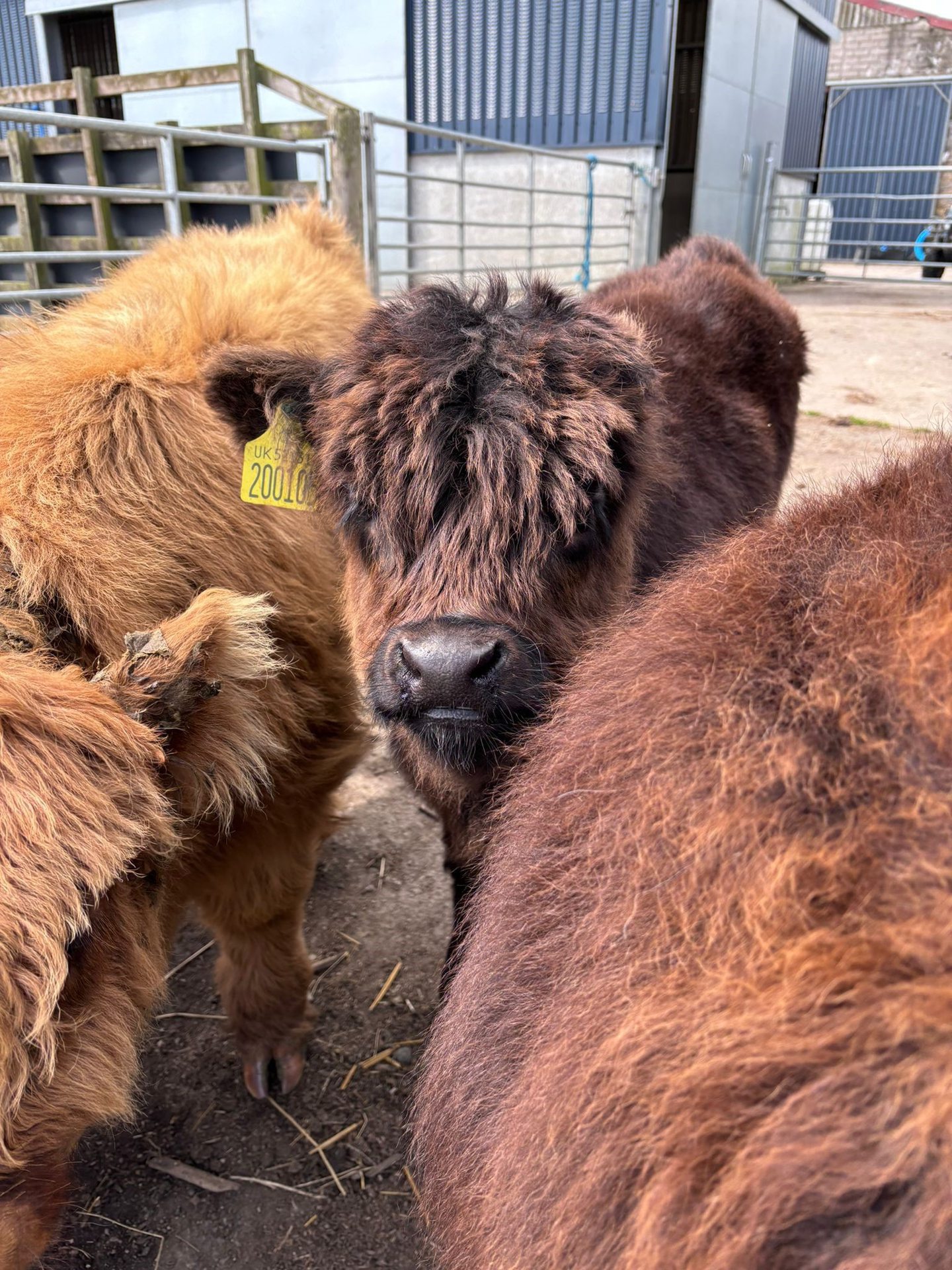
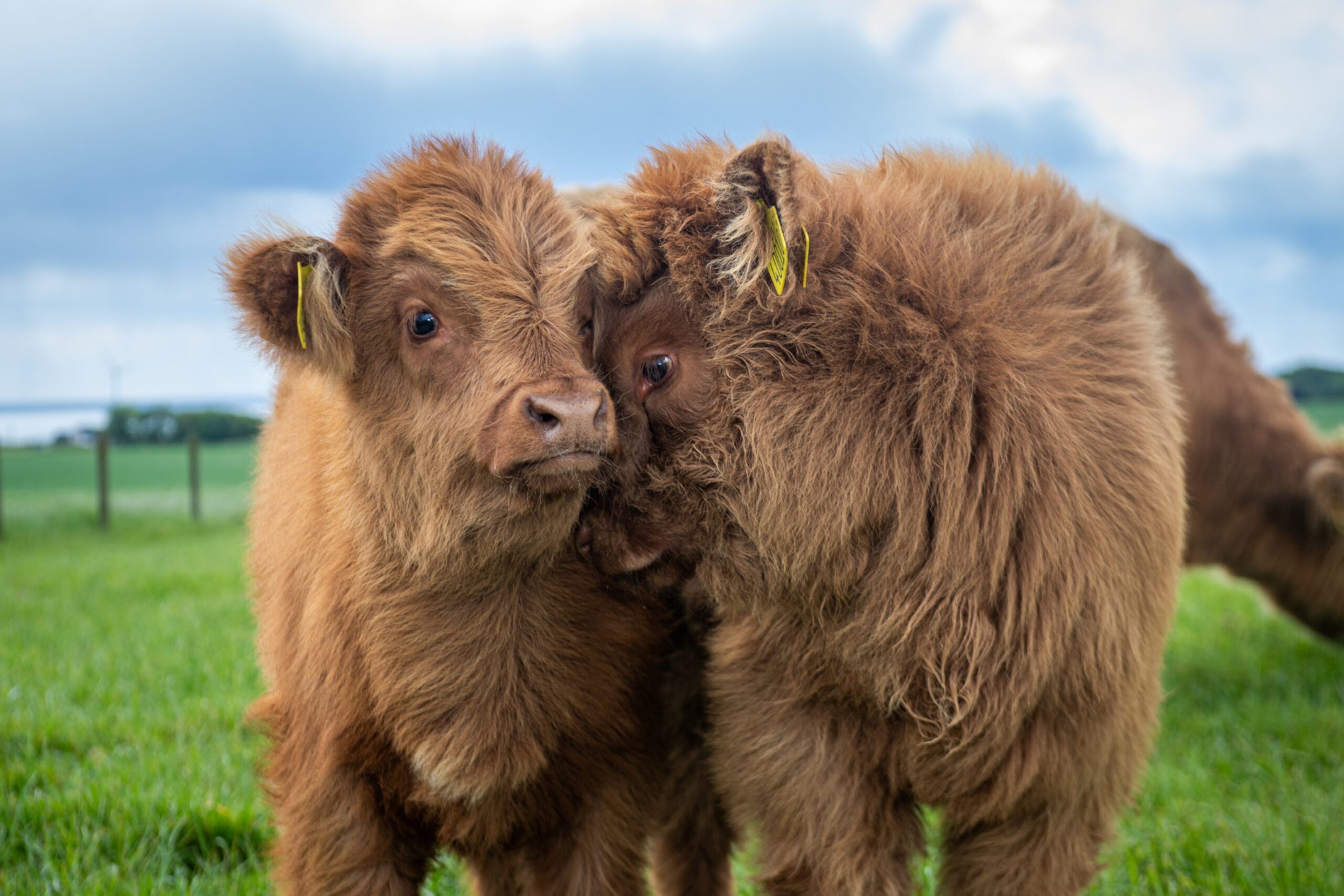
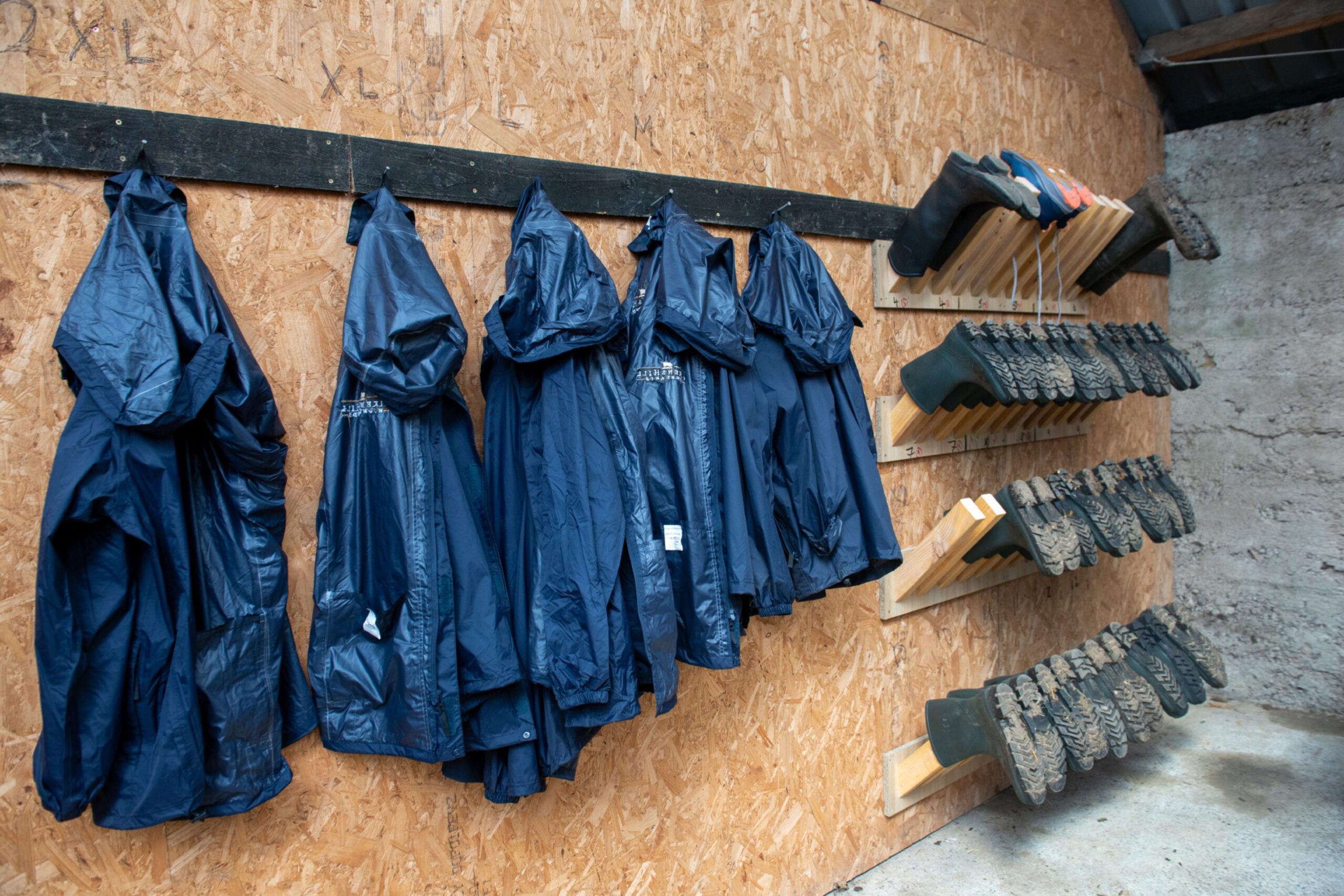
Conversation